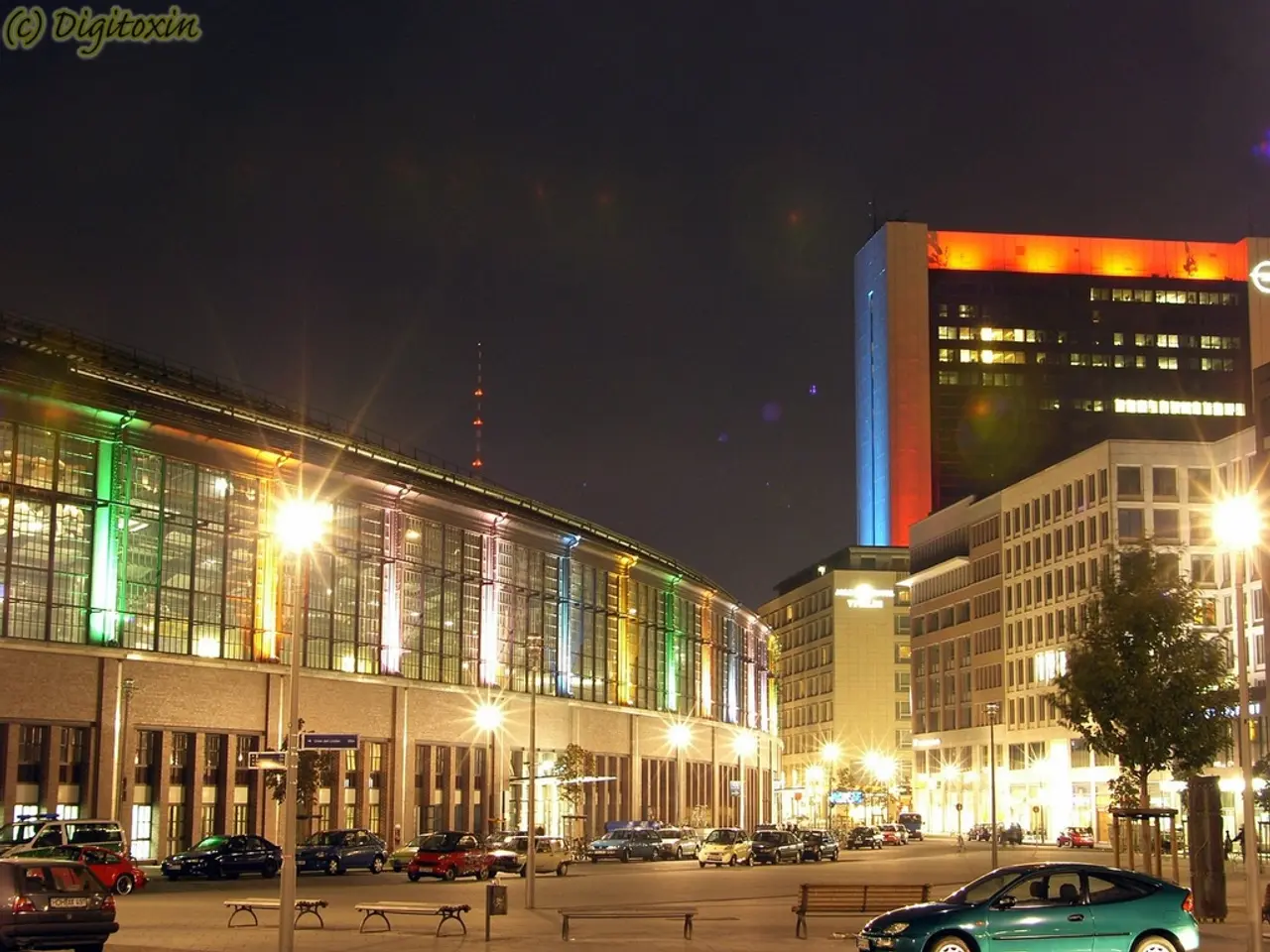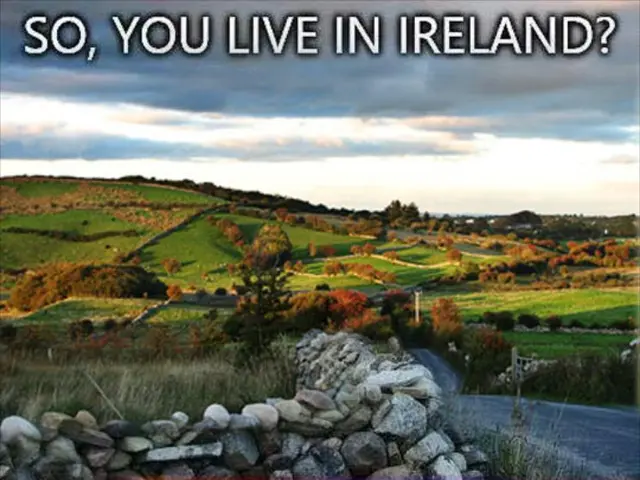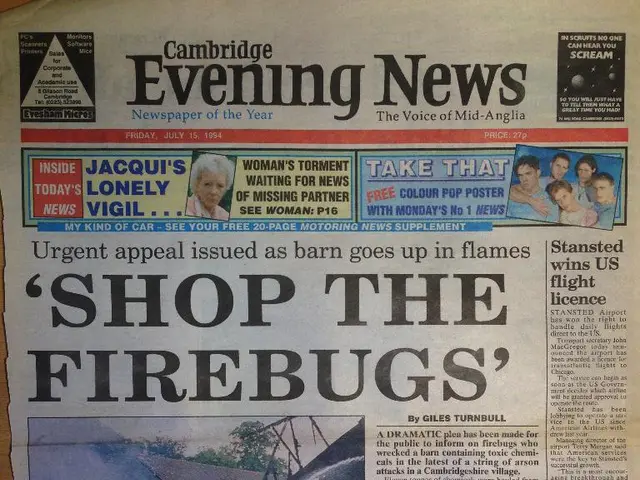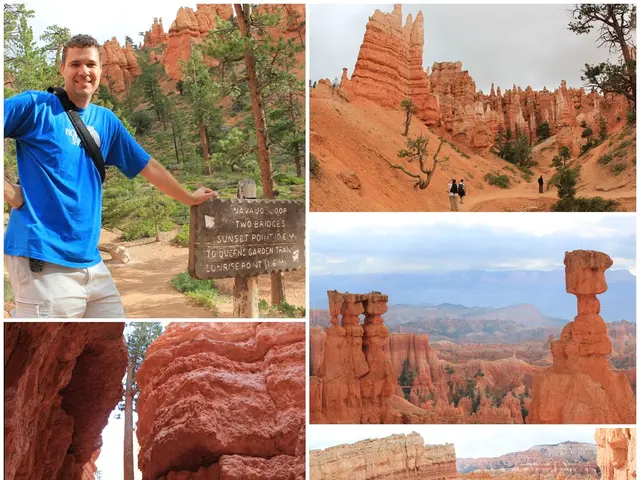Portrayal of Firestorms in Action
In July 2021, the Dixie Fire in northern California burned nearly 1 million acres over 104 days, making it the largest single wildfire in California history. The mega-wildfire significantly impacted vast landscapes, including nearly 70% of Lassen National Park.
The New York Times has created visualizations of the Dixie Fire, offering a unique insight into the fire's spatial progression and its interaction with atmospheric dynamics. These visualizations highlight how the fire generated pyrocumulus clouds—thick, towering clouds formed by intense heat from wildfires—that can induce their own weather phenomena such as lightning and erratic winds.
One of the visualizations shows that the Dixie Fire produced a storm that generated 12 lightning strikes in an hour, rapidly accelerating the fire's spread. However, the visualizations do not indicate the size or extent of the damage caused by the Dixie Fire, nor do they mention the exact date or month when the fire occurred.
The visualizations do not provide information about the cause of the Dixie Fire or the response or efforts to contain the fire. They do depict the location of the fires, the altitude and movement of firestorm clouds, and the number and types of weather activities such as lightning strikes. However, they do not provide specific details about the types of weather activities other than lightning strikes.
Research has shown that wildfire smoke from events like the Dixie Fire alters stratocumulus cloud properties, reducing cloud cover and modifying radiative balance, which in turn influences local and regional weather patterns. The detailed mapping and satellite imagery tracked fire spread, smoke dispersion, and related weather events in near-real-time, emphasizing the fire's complexity and scale.
Moreover, studies following the Dixie Fire have examined its profound ecological impact on forest structure, fire severity patterns, and implications for forest management. For example, research using LiDAR data revealed differences in fire severity between private timberlands and federal lands, suggesting that forest composition and management practices affected the fire's intensity and behavior.
In summary, the detailed impacts of the Dixie Fire, as visualized by The New York Times and supported by scientific research, include:
- Burning of nearly 1 million acres, including large portions of sensitive national park areas.
- Generation of large, dense smoke plumes that altered cloud formation and local weather, notably stratocumulus clouds.
- Formation of pyrocumulus clouds from intense fire heat, leading to fire-induced lightning and winds that influenced fire spread.
- Dynamic interactions between fire progression and atmospheric conditions captured through advanced real-time fire mapping and infrared imaging, enhancing understanding of wildfire behavior.
- Long-term ecological impacts on forest structure and fire severity distribution linked to forest management practices, informing future wildfire mitigation strategies.
These phenomena demonstrate the complex interplay between massive wildfires and weather systems, highlighting the importance of integrated scientific and media visualizations in conveying wildfire impacts.
- The visualizations produced by The New York Times, regarding the Dixie Fire in July 2021, show how the fire generated pyrocumulus clouds, which can induce weather phenomena such as lightning and erratic winds.
- Further insights from the visualizations reveal that the Dixie Fire produced a storm that generated 12 lightning strikes in an hour, rapidly accelerating the fire's spread.








